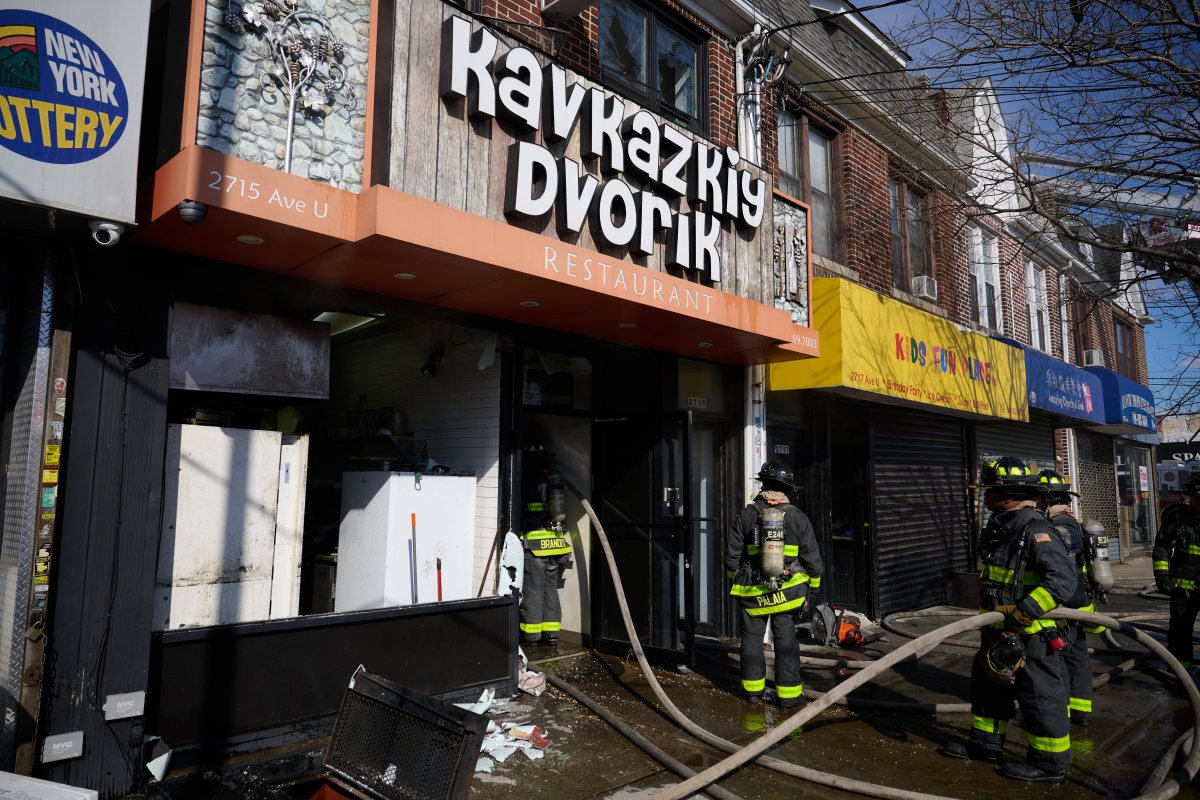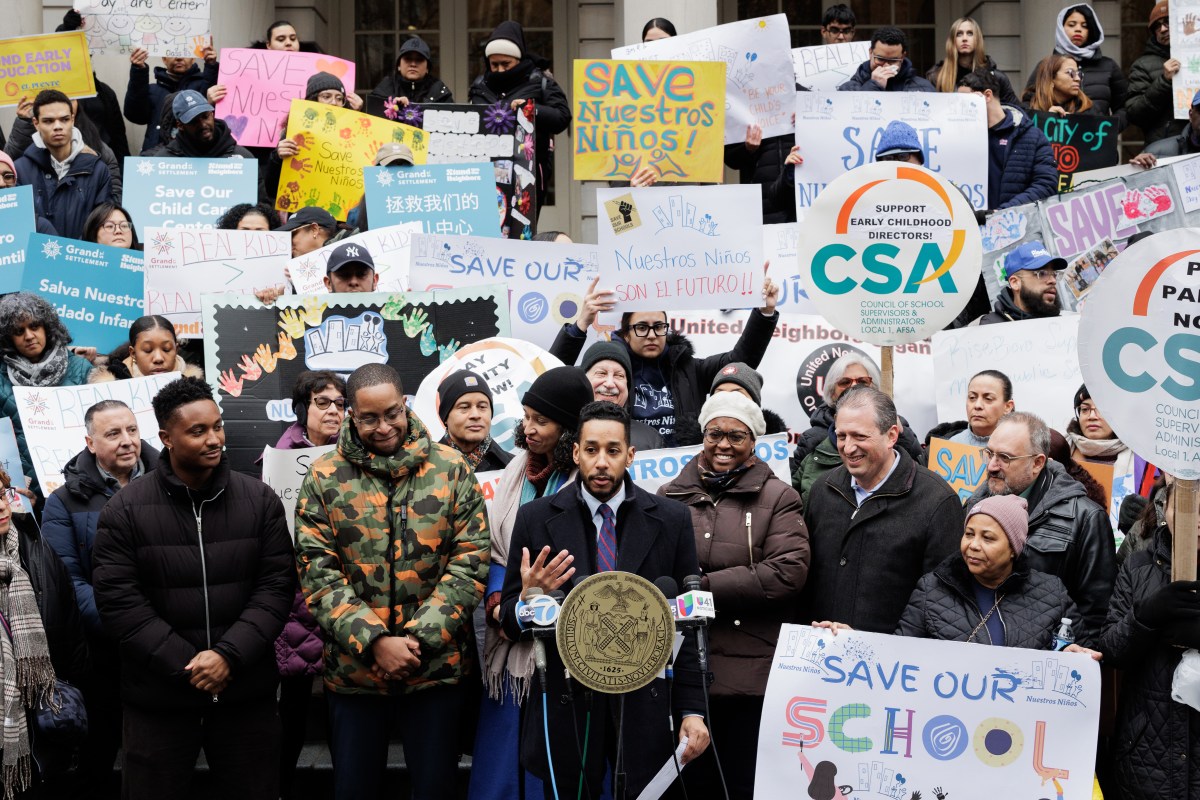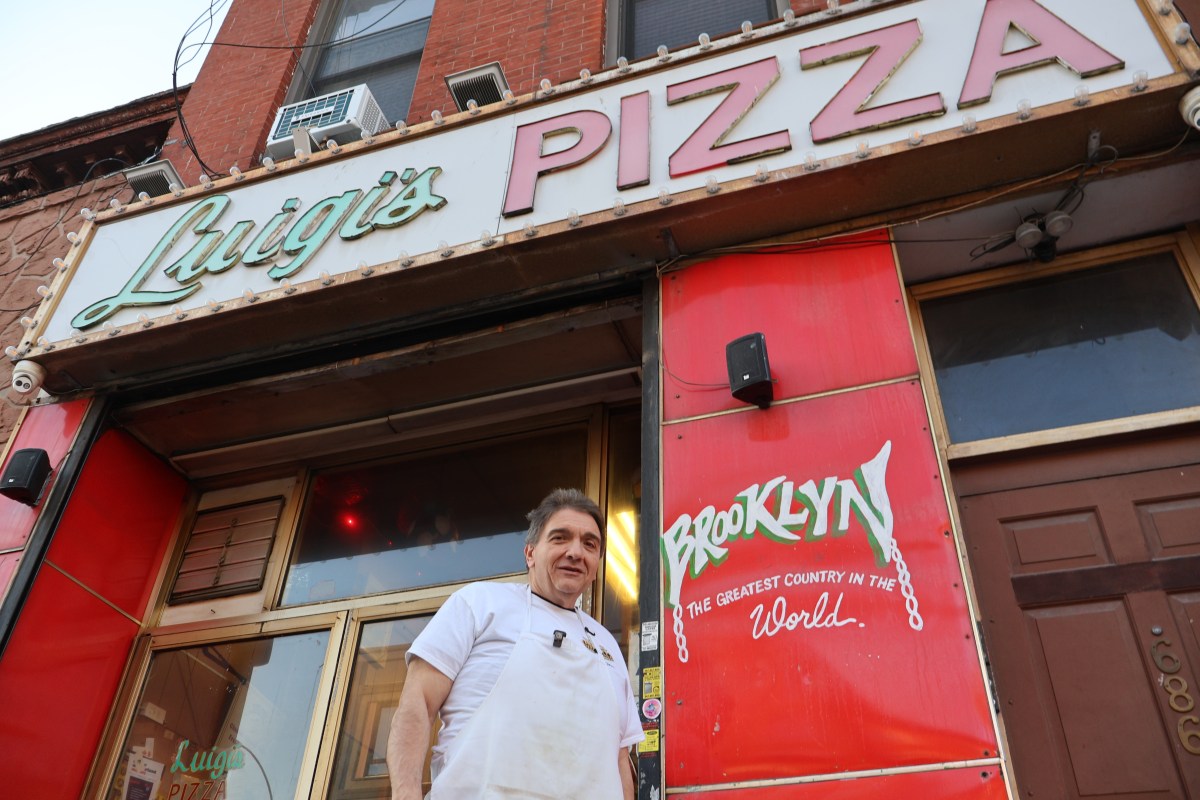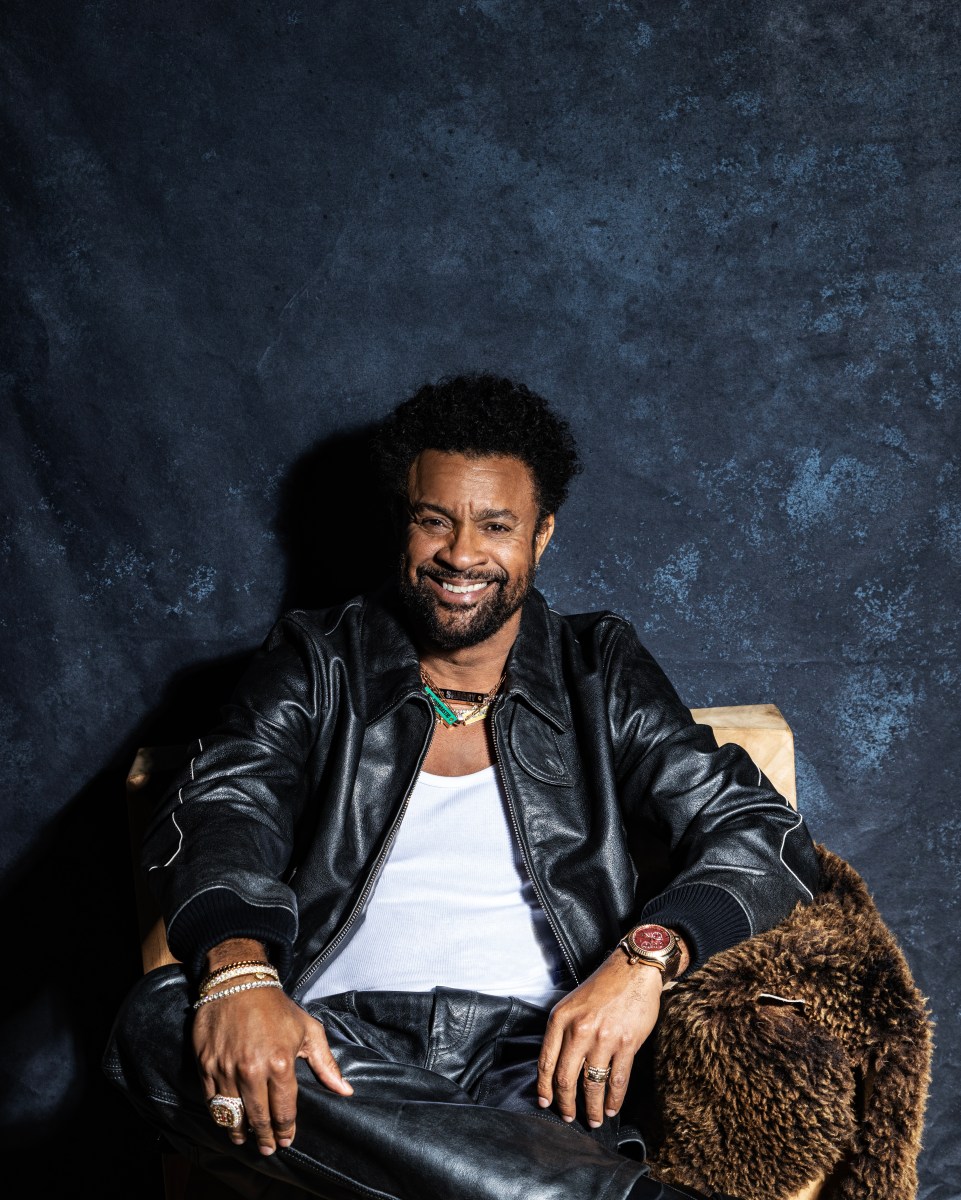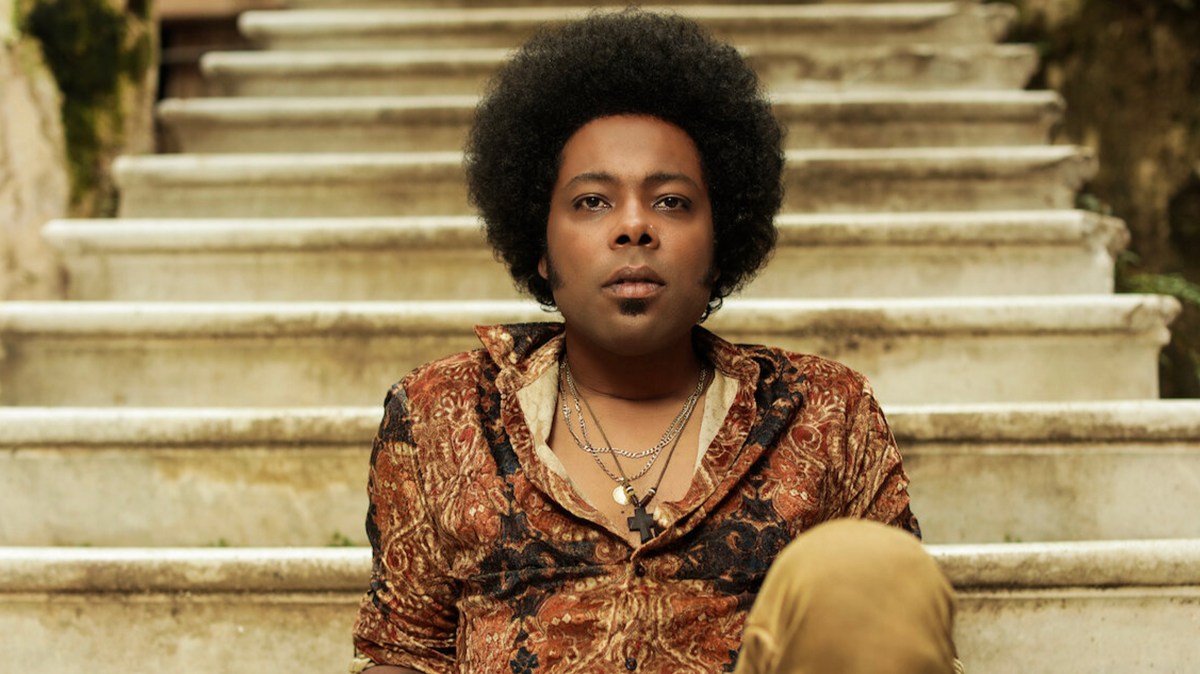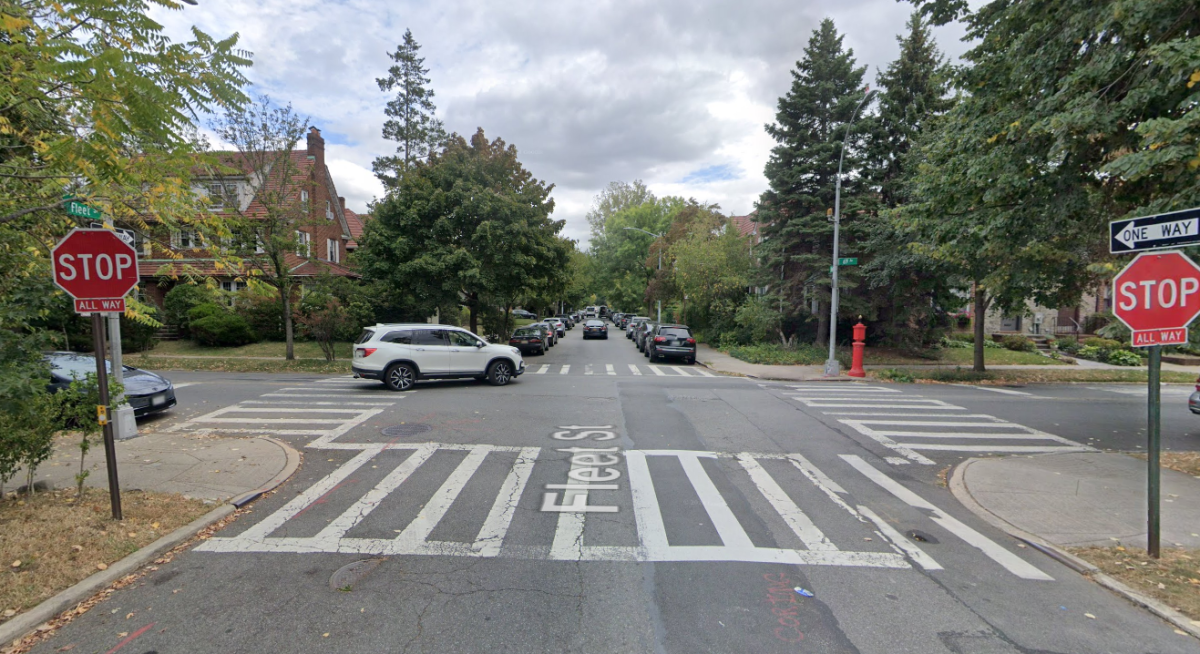
With the hard-fought battle to get a full-service animal shelter in the Bronx behind them, advocates for New York’s four-legged residents are turning their attention to Queens.
The city’s largest borough does not have a place to provide housing, veterinary care and adoption services for homeless animals. Plans are in motion to replace the small Queens "receiving" center with an expanded but temporary center in Middle Village. The city has pledged to find a permanent Queens site.
“What’s different is now animal advocates have real partners in both the mayor’s and city council speaker’s offices,” said Esther Koslow of the Shelter Reform Action Committee, a group that monitors operations of the city’s animal shelter system. “Now we have to turn our attention to a Queens shelter while Mayor de Blasio and Speaker Corey Johnson hold their powerful positions.”
The history of how New York City houses and provides for stray and homeless animals is a tumultuous one, with advocates complaining the shelters have been underfunded.
For years, Queens and the Bronx have only had small animal receiving centers with limited hours and services run by Animal Care Centers of NYC, a nonprofit contracted by the city. Twice in the past 20 years, the City Council passed laws requiring full-service shelters in all five boroughs. The first law was repealed, and the second approved earlier this year.
Finding a space that is large enough and near public transportation is also a challenge.
Koslow pointed out that last week’s City Council vote to build the Bronx facility on city-owned land was not a slam-dunk, despite being supported and funded by the mayor.
The Bartow Avenue site needed to be cleared through the city’s complex land use review process, which includes votes by the local community boards, the borough president, city Planning Commission and the City Council.
City Councilman Andy King, who represents Co-op City, was originally opposed to building an animal shelter on the property, saying he was acting on the wishes of his constituents. The Council traditionally defers to its local colleagues on land use issues.
Adding to the mix was pressure from lobbyists hired by First Hartford Realty Corporation, a member of a partnership that owns and manages a senior housing development adjacent to the site of the proposed animal shelter, and that was seeking to build on the site.
After some raucous public hearings, the shelter site was rejected by Community Board 10 and Bronx Borough President Ruben Diaz Jr. — causing some supporters to fear the $60 million shelter touted by de Blasio in January was never going to materialize.
“We basically agreed that we would not give up because we fought for so long . . . even if there was no chance at the end,” said Roxanne Delgado of the Bronx Animal Rights Electors.
They packed an Oct. 9 hearing at City Hall, where King warned, “Emotions are going to fly today.”
A deal was hashed out after much behind-the-scenes wrangling. King agreed to vote for the shelter after the city promised to fund a new Beacon Program at Truman High School, more community space, traffic improvements and other deal-sweeteners.
“This was a decision that required education and sacrifice, as well as leadership,” King said in a statement released after the council approved the plan last Wednesday. “(The vote) allows us to comply with the law to create a Bronx animal shelter, as well as make much needed improvements to the 12th District.”




